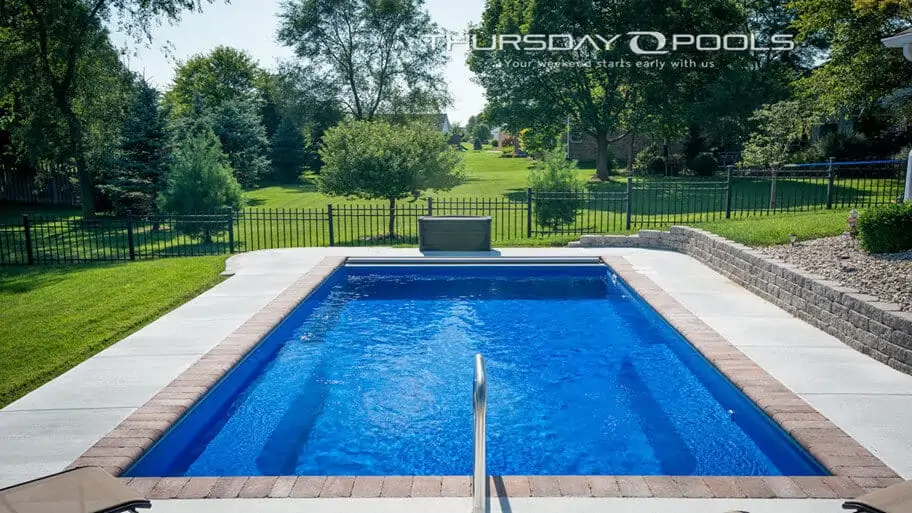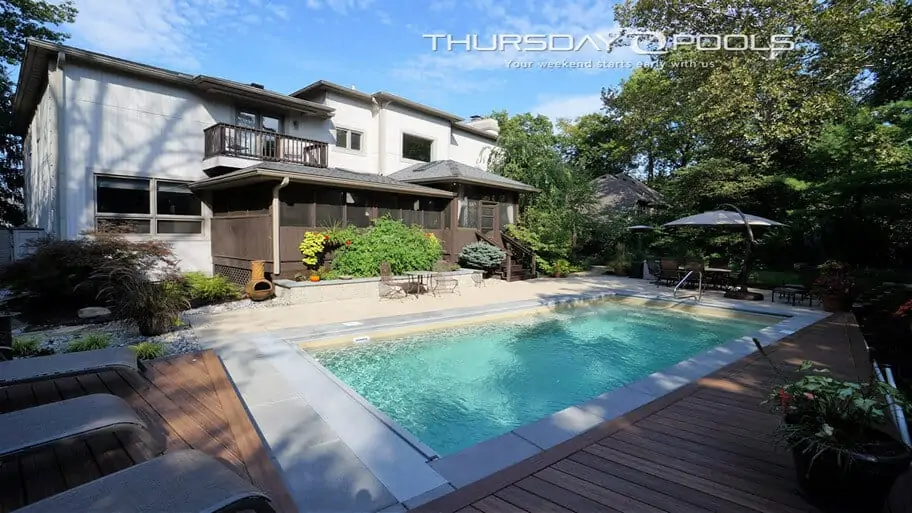How does chlorine work in a swimming pool?
Chlorine is the main chemical that kills contaminants in most swimming pools! Killing contaminants such as bacteria, algae, body oils, urine and even feces! With out the use of chlorine or an efficient sanitizer pool owners / swimmers could develop infections such as ear infections or skin infections or even Legionnaires disease!😷
There are three types of chlorine free chlorine (FC), total chlorine (TC) and combined chlorine(CC). Each type is recognized for different purposes within swimming pool chemistry.
Free Chlorine (FC) – Free chlorine is the chlorine in a swimming pool that is willing and ready to kill bacteria in your pool. Free chlorine is important because this is the front line of defense when it comes to sanitizing your water. We absolutely need this chlorine to run a sanitized and efficient pool program!
Combined Chlorine (CC) – Combined chlorine is a break down of a chlorine molecule as a result of it disinfecting the pool! I like to refer to combined chlorine as the exhausted chlorine or tired chlorine. After the free chlorine converts into a combined chlorine it needs to removed from the pool or revived if possible by hitting it with a high dose of more chlorine!
Did you know – When free chlorine converts to combined chlorine during its battle with bacteria, hypochlorous acid and ammonia mix and create what is called a “Chloromine!” Which gives off the smell of BLEACH!! A good rule of thumb is when you smell chlorine or bleach this means the pool usually needs more chlorine!
Total Chlorine (TC) – Total chlorine is is the sum of free chlorine and combined chlorine! In short, (FC) – (CC) = (TC). Enter scene, POOL SHOCK! Total chlorine is the number that signifies when we should shock our swimming pool by removing combined chlorine and increasing free chlorine levels back to normal so we can keep the pool clean and clear!
What is pool shock?
In short, it is a highly concentrated dose of chlorine, that blends/dissolves quickly with the water quickly disinfecting the pool water and removing (CC).
The term shock WAS a figurative marketing term that was used to describe what happens to pool water when large amounts of chlorine are introduced to disinfect. It was then used quite literally when manufacturers started printing the word “shock” on high does bags and bottle of chlorine!
Shock can be can be found in liquid form aka (sodium hypochlorite), held in gallons and is very similar to bleach, and in granular form AKA (calcium hypochlorite, lithium hypochlorite, Dichloro-S-Triazinetrione) these are typically found in one pound bags buckets or in pails.
Why do we use it pool shock?
As stated above, we use pool shock to eliminate any combined chlorine (tired Chlorine) back to free chlorine or remove it and increase levels of free chlorine back to normal.
Although you can “technically” use pool shock as a daily chlorine (in small doses) it is not recommenced and would not be too cost effective.
Along with that, it is important not to confuse pool shock with standard chlorine tablets or sticks. Unlike pool shock, chlorine tablets and sticks are designed to dissolve slowly and are not designed to necessarily increase your free chlorine (although it can slowly) but rather help maintain it.
When do you shock a pool?
To be very specific, you should use it when combined chlorine exceeds 0.2. To generalize this we recommend using it at least once a week and no less than every other week.
It is also good practice if you do not have an automatic pool cover, to shock after heavy rains. In addition, shocking your pool before and after high swimmer loads is never a bad idea either😉!
Example: If you are planning a large pool party on Saturday, then adding some extra pool shock on Friday will insure the pool is disinfected for swimmers the day of and you will have ample amounts of free chlorine. And by shocking after rain you will make sure the pool stays clear after all the swimmers leave by staying sanitary.
How do I shock a swimming pool and what type?
Liquid pool shock (Sodium hypochlorite) – Liquid shock comes in 1 gallon and sometimes five gallon jugs. Be sure when you pour the shock in the water you pour it low to the water level and pour nice and slow to avoid splashing. It is always good practice to not pour in one spot, try to distribute evenly through out the pool.
Granular shock (calcium hypochlorite, lithium hypochlorite, Dichloro-S-Triazinetrione – Granular shock is probably the most popular style of pool shock. It is important to follow the directions on the bag, some products allow you to pour the granular directly into the water while other tell you to pre-dilute in a bucket before distributing in the pool.
If you are pouring directly into the water, be sure to have your back at the wind so you do not get a face full of chlorine. Shaking the bag slowly always helps while walking in to different areas of the pool.
If you have to pre-dilute the shock, it is important to add the granules to a bucket of clean water, never add the water to dry granules. This is done for safety purposes, so you do not splash you face with chlorine. Once the shock and water are mixed, follow the same steps a liquid chlorine.
All right guys I hope we have cleared up one of the most confusing swimming pool chemistry questions. Drop a question below or let us know what you think! We always love hearing from our clients!



